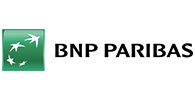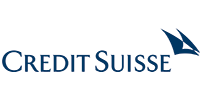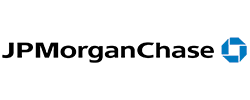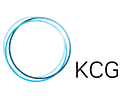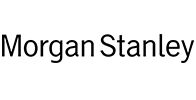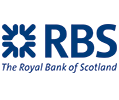How Reciprocal Tariffs Influence Forex Markets
Over the years, global trade has been a key driver of economic growth, with currencies playing a central role in facilitating international transactions. However, one of the biggest disruptors to currency stability is the imposition of reciprocal tariffs, especially those recently making headlines. On April 2, 2025, a new set of reciprocal tariffs is expected to be announced, and this could significantly affect forex markets. But what exactly are reciprocal tariffs, and why should traders care? Let’s break it down.
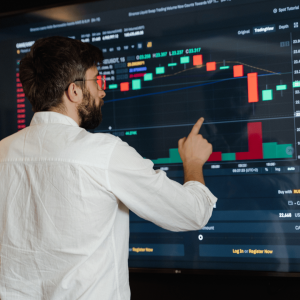
What Are Reciprocal Tariffs?
Reciprocal tariffs occur when one country imposes trade duties on another, prompting a retaliatory response in kind. This tit-for-tat can quickly escalate into a full-scale trade war, affecting not only businesses but also financial systems—particularly the forex market. With upcoming tariffs expected between major economies, traders must prepare for heightened market volatility.
How Do Reciprocal Tariffs Affect Forex Markets?
Reciprocal tariffs influence forex trading in multiple critical ways:
a. Currency Valuation Shifts
When tariffs are imposed, the cost of imports rises, often leading to inflation. Rising inflation typically weakens a currency, reducing its purchasing power. Initially, the country imposing tariffs might experience a short-term currency boost due to increased demand for domestic products. However, over time, prolonged trade tensions can slow economic growth and diminish currency valuation.
b. Market Uncertainty and Volatility
Forex markets thrive on predictability. The announcement of reciprocal tariffs often triggers uncertainty, causing dramatic swings in currency pairs. In response, traders may seek refuge in safe-haven currencies like the US dollar (USD), Swiss franc (CHF), or Japanese yen (JPY), shifting demand and impacting global currency flows.
c. Interest Rate Changes
Central banks closely monitor inflation. If reciprocal tariffs lead to higher inflation, banks may react by adjusting interest rates. A hike can attract foreign investment and strengthen the currency, while a cut can cause depreciation. For example, if the U.S. Federal Reserve raises rates in response to tariff-related inflation, expect noticeable movements in the USD.
Strategies for Forex Traders Amid Reciprocal Tariffs
With a new round of reciprocal tariffs on the horizon, here are smart tactics traders can use:
a. Monitor Economic Indicators
Track key metrics like inflation, interest rate decisions, and trade balances. These data points offer valuable insights into currency movements.
b. Stay Updated on Policy Shifts
Policies change fast. Follow updates from governments, central banks, and international trade bodies to stay ahead of the market curve.
c. Diversify Your Trading Portfolio
Don’t rely on a single currency pair. Spread your risk across multiple currencies and assets to shield against unexpected losses.
d. Use Stop-Loss Orders
Given the volatility caused by reciprocal tariffs, set stop-loss orders to automatically limit losses during sharp market moves.
e. Consider Safe-Haven Currencies
In uncertain times, safe-haven currencies like USD, CHF, and JPY offer stability. These can act as strategic hedges against risk.
Looking Ahead
The expected reciprocal tariffs will pose challenges—and open opportunities—for forex traders. While the potential for loss exists, so does the chance for reward. By staying informed, adapting quickly to macroeconomic changes, and applying tested forex trading strategies, traders can navigate this turbulent period effectively.
As April 2 approaches, brace for market movements and remember: success in forex trading hinges on your ability to adapt to global changes. Stay sharp, stay strategic, and above all—trade smart.
before: Holiday Trading Hours(April)


